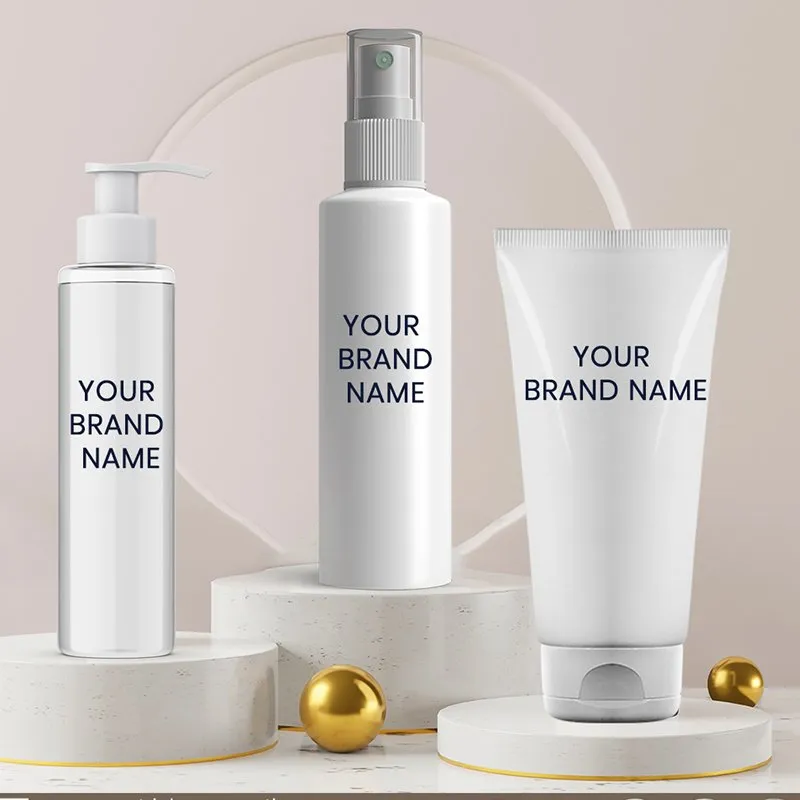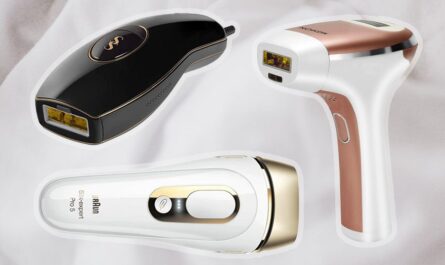Introduction
Welcome to the world of Best Private Label Skin Care, where you have the power to create your very own line of products that will captivate and delight customers. In a market saturated with countless options, having a unique formula tailored specifically for your brand can make all the difference.
Imagine having complete control over every aspect of your skincare line – from the ingredients used to the packaging design. With private label skincare, this dream becomes a reality. Whether you’re an established beauty brand looking to expand or an entrepreneur venturing into the exciting realm of cosmetics, private labeling offers endless opportunities for growth and success.
But how exactly do you go about finding that perfect formula? Fear not! In this blog post, we’ll guide you through each step of unlocking the secrets behind private label skincare. From understanding your target market’s needs to partnering with reputable manufacturers and creating standout packaging designs, we’ve got you covered.
The Benefits of Private Label Skincare for Your Brand
Private label skincare offers numerous benefits for your brand, allowing you to establish a unique and competitive edge in the market. First and foremost, private labeling gives you the opportunity to create a personalized line of products that aligns perfectly with your brand’s values and target audience.
By choosing private label skincare, you can save time and money on product development. Instead of starting from scratch, you have access to ready-made formulations developed by experts in the industry. This means faster production times and lower costs compared to developing your own formulas from scratch.
Additionally, private label skincare allows for flexibility in branding and packaging design. You can customize labels, choose specific bottle shapes or sizes, and create packaging that reflects the essence of your brand. This level of customization helps differentiate your products from competitors on store shelves or online platforms.
Another advantage is that partnering with a reputable manufacturer ensures high-quality products that meet regulatory standards. These manufacturers often have extensive experience working with various ingredients and formulations, ensuring consistency in product quality.
Steps to Finding the Perfect Formula for Your Skincare Brand
Finding the perfect formula for your skincare brand is crucial to its success. Here are some important steps to help you in this process.
It’s essential to understand your target market and their specific needs. Conduct thorough market research and gather insights into what your potential customers are looking for in skincare products. Are they concerned about aging, acne, or sensitive skin? Understanding these factors will guide you towards formulating a product that caters to their unique requirements.
Next, stay updated on ingredient trends and formulations within the skincare industry. Research popular ingredients known for their effectiveness such as hyaluronic acid, retinol, or vitamin C. Identify which ingredients align with your brand’s values and objectives while also addressing the concerns of your target audience.
Partnering with a reputable manufacturer is another critical step in finding the perfect formula for your skincare brand. Look for manufacturers who specialize in private label skincare and have a proven track record of producing high-quality products. Ensure they use safe and effective ingredients while adhering to regulatory guidelines.
Remember that creating standout label design plays an important role in attracting customers’ attention. Invest time and resources into designing visually appealing packaging that reflects the essence of your brand while conveying trustworthiness and professionalism.
A. Understanding Your Target Market and Their Needs
When it comes to creating a successful private label skincare brand, one of the most crucial steps is understanding your target market and their specific needs. After all, you want to develop products that resonate with your customers and provide them with solutions they are actively seeking.
To start, conduct thorough research on your target demographic. Consider factors such as age range, gender, skin type, and common skincare concerns. By gaining these insights, you can tailor your product formulations to address these specific needs effectively.
B. Researching Ingredient Trends and Formulations
When it comes to creating your own private label skincare brand, researching ingredient trends and formulations is a crucial step in finding the perfect formula. By staying up-to-date with the latest skincare ingredients and understanding their benefits, you can create products that meet the needs of your target market.
Start by exploring popular trends in skincare ingredients. Look for natural and organic options that align with consumer preferences for clean beauty products. Keep an eye out for buzzworthy ingredients like hyaluronic acid, retinol, or vitamin C – these are often sought after by consumers looking to improve their skin.
C. Partnering with a Reputable Manufacturer
Partnering with a reputable manufacturer is a crucial step in finding the perfect formula for your private label skincare brand. But how do you identify the right manufacturing partner? Here are some tips to help you make an informed decision.
First and foremost, research is key. Look for manufacturers that specialize in skincare products and have a proven track record of delivering high-quality formulations. Check their certifications, such as FDA compliance or ISO 9001 certification, to ensure they meet industry standards.
Another important factor to consider is their production capacity. Can they handle the volume of products you want to produce? Do they have the necessary equipment and resources? It’s essential to choose a manufacturer that can scale up production if needed.
Tips for Creating a Standout Label and Packaging Design
When it comes to private label skincare, creating a standout label and packaging design is crucial for attracting customers and standing out in a crowded market. Your product’s appearance plays a significant role in capturing the attention of potential buyers and conveying the quality and uniqueness of your brand. Here are some tips to help you create an eye-catching label and packaging design that will make your products fly off the shelves.
Consider your target market. Take into account their preferences, aesthetics, and values. Understanding what appeals to them will guide you in choosing colors, fonts, and overall branding elements that resonate with your audience.
Simplicity can be key. Clean, minimalist designs often have a timeless appeal that can effortlessly communicate sophistication and elegance. Focus on clear typography combined with subtle accents or imagery that reflect the essence of your brand.
Don’t underestimate the power of visual storytelling. Use images or illustrations on your labels or packaging that convey the benefits or ingredients of your skincare products. This not only helps consumers understand what they’re buying but also adds an element of intrigue to catch their attention.
Marketing and Selling Your Private Label Skincare Products
Marketing and selling your Private Label Skincare Plus products is a crucial step in building a successful brand. With so many options available in the market, it’s important to develop effective strategies that will make your products stand out from the competition.
You need to identify your target audience and understand their unique needs and preferences. This will help you tailor your marketing messages and product offerings specifically to them. Conduct thorough market research, analyze consumer behavior patterns, and gather feedback from potential customers to inform your marketing decisions.
Next, create compelling branding elements that reflect the essence of your skincare line. Develop a visually appealing logo that represents your brand’s values and mission. Design attractive packaging that not only protects the product but also catches consumers’ attention on store shelves or online platforms.




